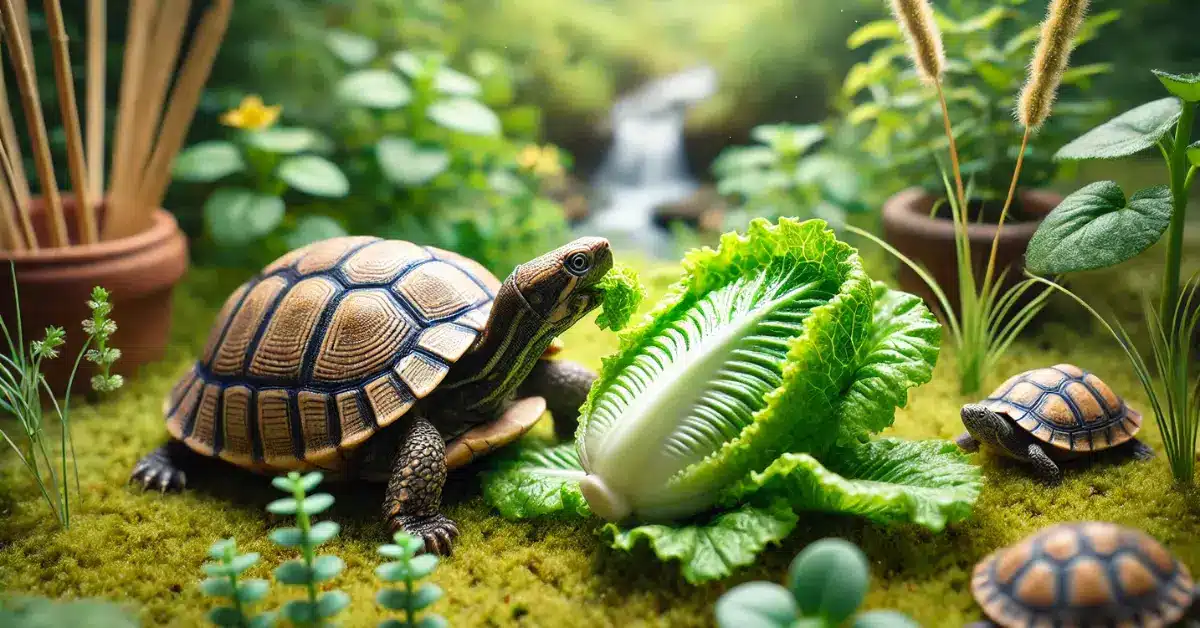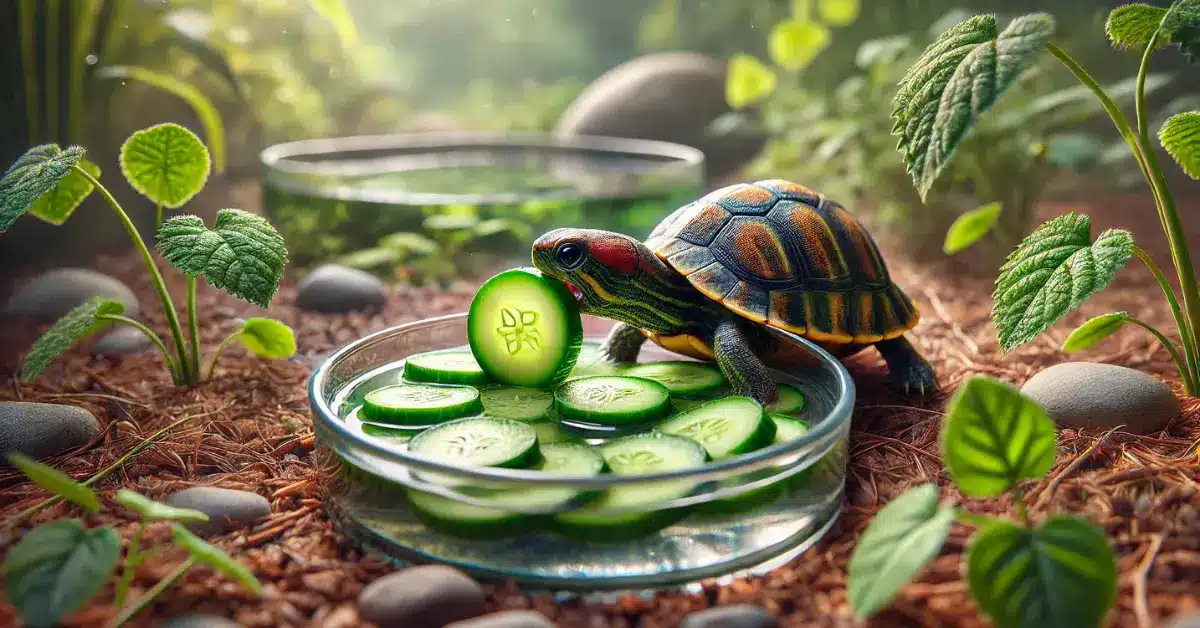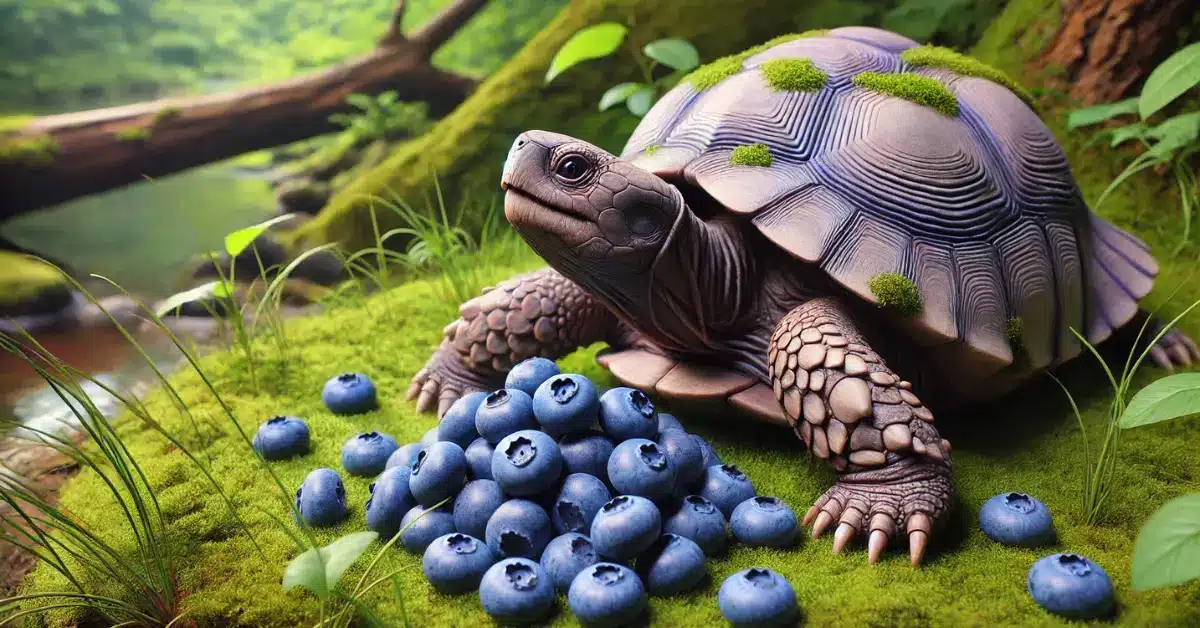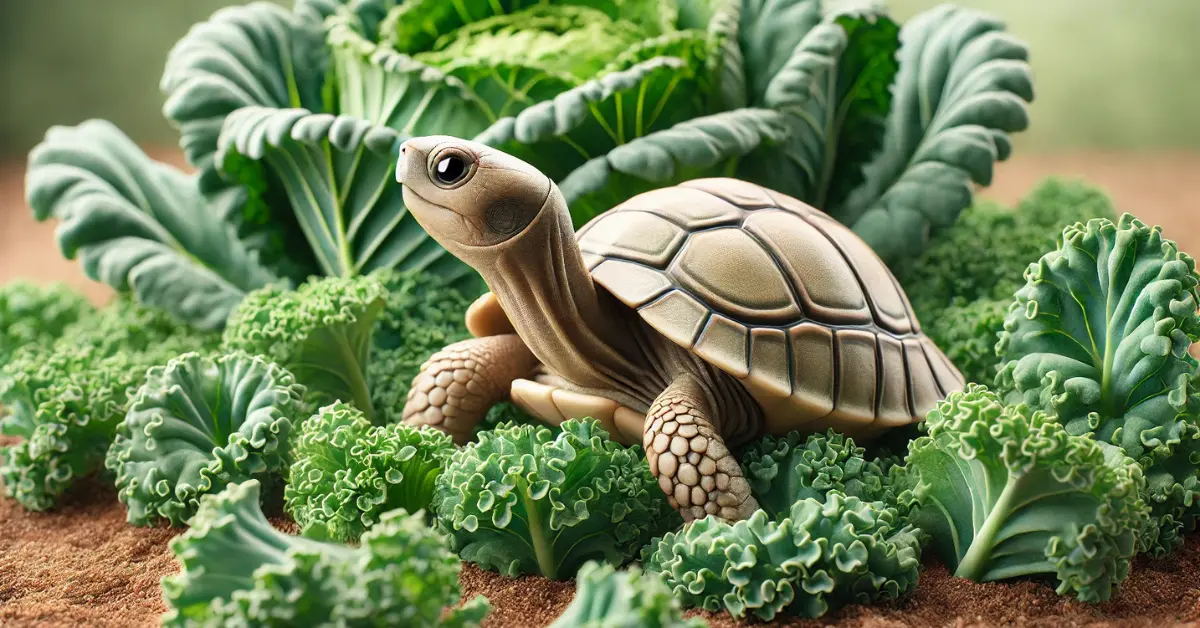Turtles are curious creatures with a diverse diet, but not all foods are safe for them. If you’ve ever wondered, “Can turtles eat pineapple?” you’re not alone. In this guide, we’ll explore the benefits and risks of feeding pineapple to your turtle, along with some other fruit options that will keep your shelled friend healthy and happy.
Table of Contents
ToggleNutritional Benefits of Pineapples for Turtles
Pineapples are tasty and full of vitamins. They have vitamin C, which helps keep turtles healthy. Pineapples also have manganese, a mineral that helps with strong bones. The fruit’s fiber helps turtles digest their food better. But remember, even though pineapples are good, turtles should only eat them in small amounts.
Risks of Feeding Pineapples to Turtles
While pineapples have some good stuff, there are also risks. Pineapples are high in sugar, which isn’t good for turtles if they eat too much. Too much sugar can make turtles overweight and cause problems with their shells. Pineapples are also acidic, which can upset a turtle’s stomach or cause sores in their mouth. Because of these risks, it’s better to give pineapple as a rare treat.
How Much Pineapple Can You Feed Your Turtle?
So, how much pineapple is safe? A small piece, about the size of your turtle’s head, is enough. You can give your turtle pineapple once a month, but it shouldn’t be part of their regular diet. Always watch your turtle after they eat something new to make sure they’re okay.
How to Safely Feed Pineapples to Turtles
If you decide to give your turtle pineapple, make sure it’s fresh and clean. Take off the tough skin and remove any seeds, as these could cause choking. Cut the pineapple into small pieces that your turtle can eat easily. Give the pineapple as a separate treat so you can control how much they eat.

Alternative Fruits for Turtles: A Tropical Paradise of Options
If you want to treat your turtle with other fruits, there are many safe and tasty choices. Let’s explore some turtle-friendly fruits, compare their benefits, and learn how to create a fun fruit rotation for your turtle.
Read more: Can Turtles Eat Apples?
Turtle-Friendly Fruit Varieties
Turtles can enjoy different fruits besides pineapple. Some great options include:
- Mango: Full of vitamins A and C, mangoes help keep your turtle healthy.
- Papaya: Easy to digest and rich in vitamins and fiber.
- Berries (like strawberries and blueberries): These have less sugar and are packed with antioxidants, which protect your turtle’s cells.
- Melons (like cantaloupe and watermelon): These are full of water, which helps keep your turtle hydrated.
Comparing Nutritional Values
Each fruit has its own benefits:
- Mango is rich in vitamin A, which is good for your turtle’s eyes.
- Papaya helps with digestion because it has special enzymes.
- Berries have antioxidants that help protect your turtle’s cells.
- Melons are refreshing and keep your turtle hydrated.
Knowing what each fruit offers helps you choose the best ones for your turtle.
Creating a Diverse Fruit Rotation
To keep your turtle’s diet interesting, try rotating different fruits. This means giving mango one week, papaya the next, and so on. Rotating fruits gives your turtle a variety of tastes and nutrients. It also helps your turtle avoid getting too used to one type of fruit.
Conclusion: Can Turtles Eat Pineapple?
So, can turtles eat pineapple? Yes, they can, but you need to be careful. Pineapple can be a yummy and healthy treat for your turtle, giving them vitamins and fiber. But since pineapple is high in sugar and acid, it’s best to give it to your turtle in small amounts and only once in a while.
If you want to give your turtle more variety, there are other safe fruits like mango, papaya, berries, and melons. Rotating these fruits can keep your turtle happy and give them a mix of different nutrients.
Remember, the key to feeding your turtle is to do it in moderation and offer a variety of foods. For more tips on taking care of your turtle, visit TheTurtles.info. We tackle questions like “Can turtles eat pineapple?” and provide plenty of tips to keep your turtle healthy and happy.
FAQs: Can Turtles Eat Pineapple?
Here are some common questions people have about feeding pineapple to turtles:
Can all types of turtles eat pineapple?
Yes, most turtles can eat pineapple, but it’s important to give it to them in small amounts. Some turtles might not like it, so always introduce new foods slowly and watch how your turtle reacts.
How much pineapple is safe for my turtle?
A small piece about the size of your turtle’s head is usually safe. Pineapple should be given as a treat, not a regular part of their diet. A good rule of thumb is to offer it once a month.
What are the risks of feeding pineapple to turtles?
Pineapple is high in sugar and acid, which can cause problems if your turtle eats too much. Too much sugar can lead to weight gain and shell problems, while the acid can upset their stomach or cause mouth sores.
Should I remove the pineapple’s skin and seeds before feeding it to my turtle?
Yes, always remove the tough skin and any seeds. The skin is too hard for turtles to eat and could cause choking, while seeds might be hard for them to digest.
What should I do if my turtle seems sick after eating pineapple?
If your turtle shows signs of illness after eating pineapple, like not eating, vomiting, or acting differently, it’s best to stop giving them pineapple and consult a vet.
Can baby turtles eat pineapple?
It’s better to avoid giving pineapple to baby turtles. Their diet should mainly consist of turtle pellets and leafy greens. When they get older, you can introduce small amounts of fruit as an occasional treat.
Are there other fruits that are safer for turtles than pineapple?
Yes, other fruits like mango, papaya, berries, and melons are safe and can be a better choice since they are lower in sugar and acid.
How do I know if my turtle likes pineapple?
Offer your turtle a small piece and see if they eat it. Some turtles might love the sweet taste, while others might not be interested. Every turtle is different, so it’s important to observe their preferences.






